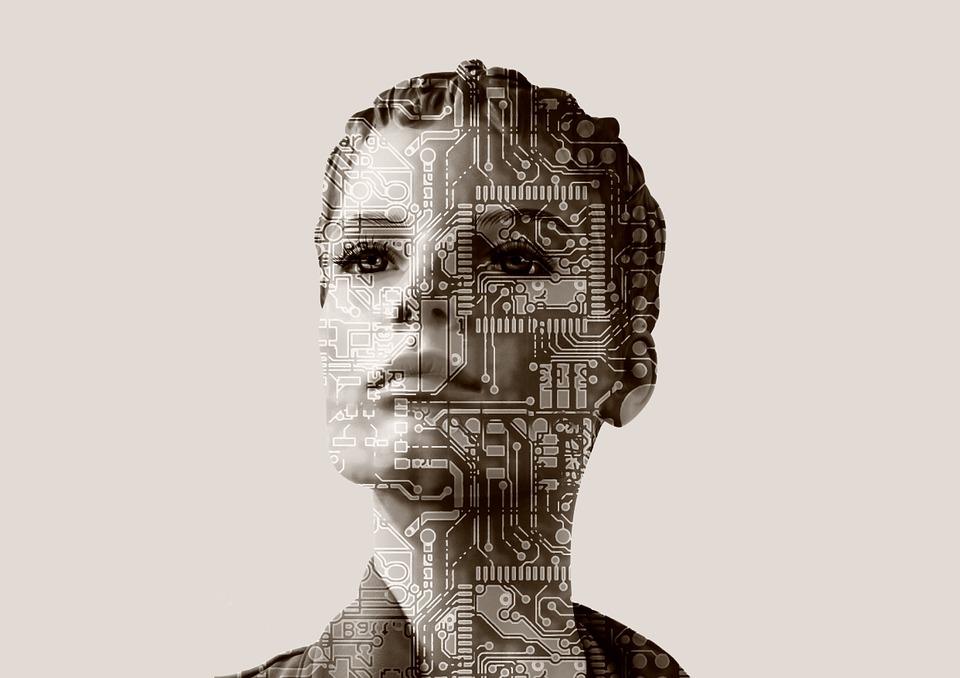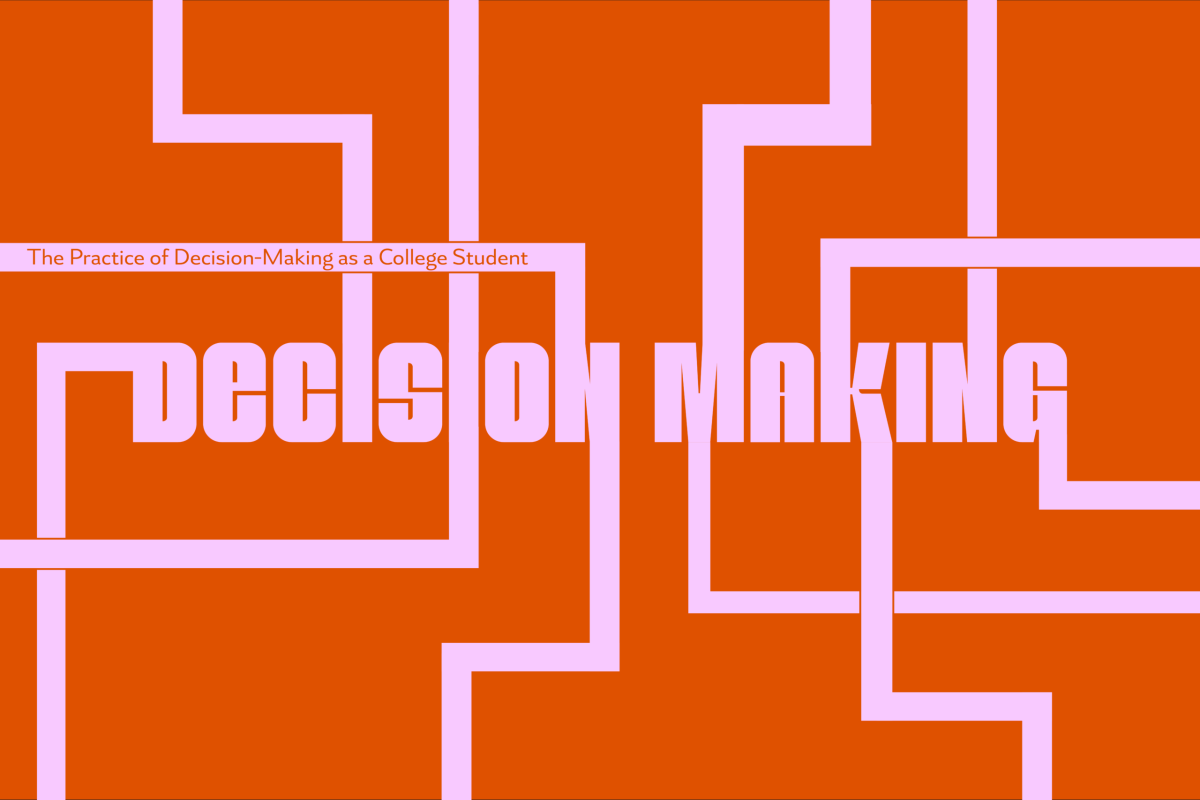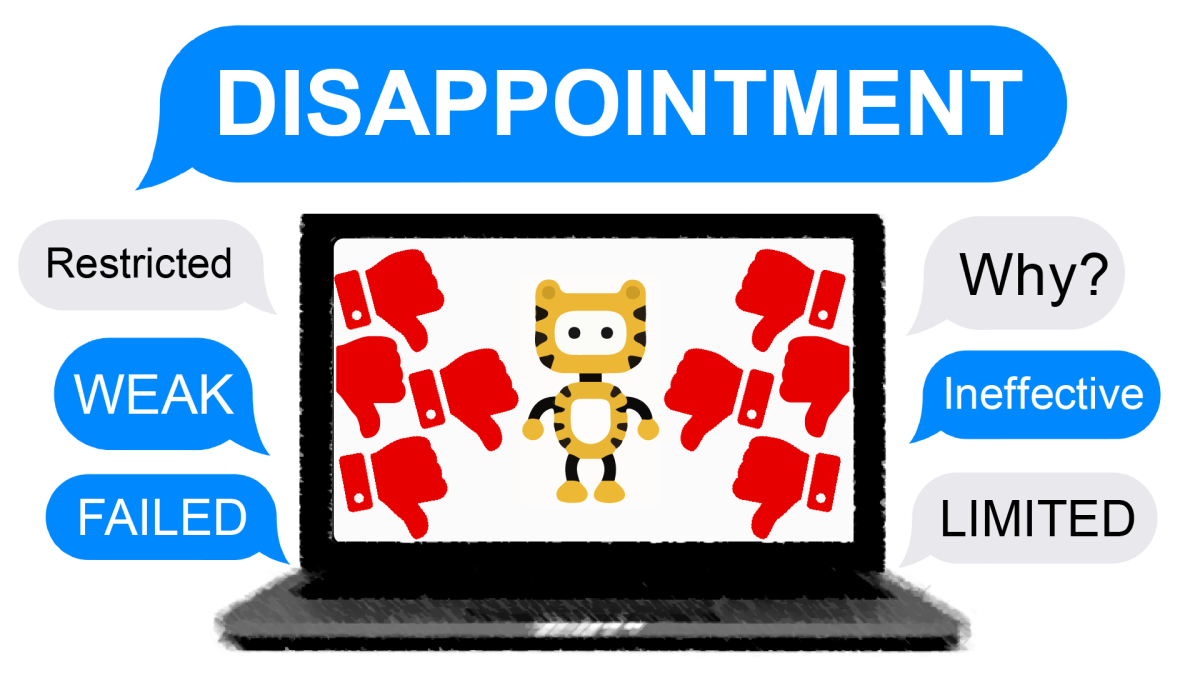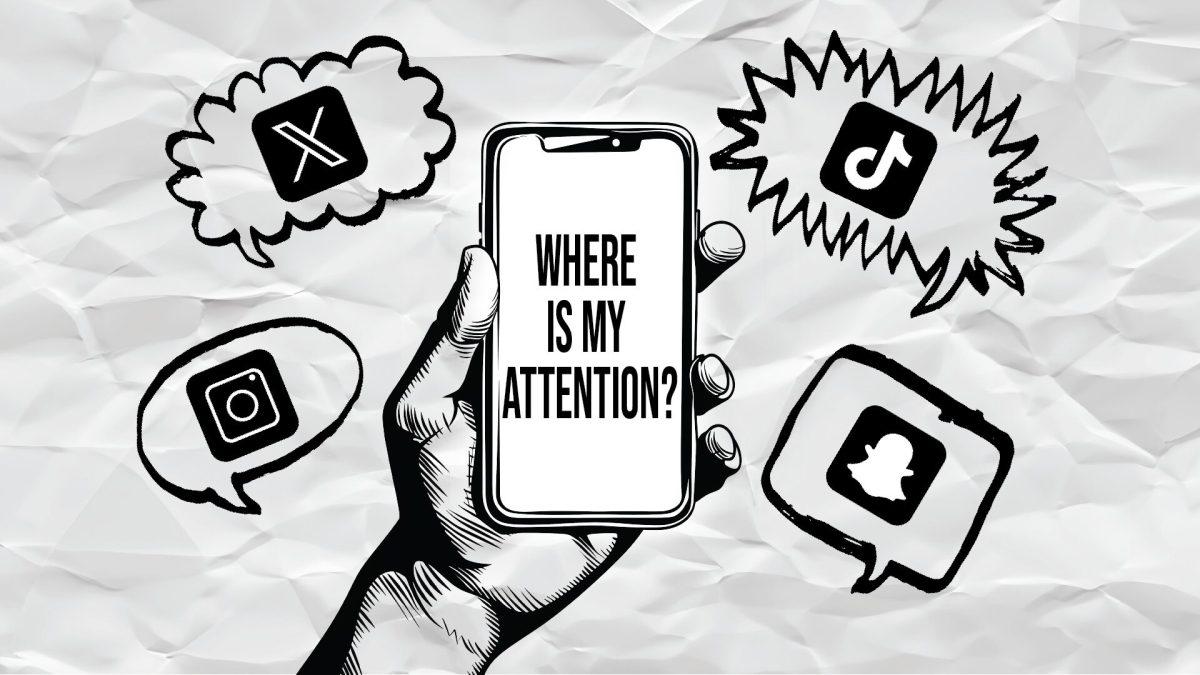_Solomon Davis is a sophomore journalism major at MU. He is an opinions columnist who writes about technology for The Maneater._
For years, the theory was that computers would get twice as powerful every two years, but at the point technology is today, it is getting harder to make substantial changes on a consistent basis.
In 1965, Gordon Moore came up with the theory of computers evolving every two years, which held mostly true for a long period of time and came to be known as “Moore’s Law.”
The evidence that Moore’s Law may be coming to an end is that 2016 marked a shift in the company Apple’s strategy. Every two years, much like its competitors, the company would release a refreshed phone with something new and amazing following a tick-tock strategy. Last year with the launch of the iPhone 7 bringing a slight upgrade rather than a substantial one, the company effectively switched to a tick-tick-tock strategy with a new, revolutionary device being released every three years.
This year marked the third year in the tick-tick-tock strategy with Apple releasing the iPhone X and iPhone 8, which are departures from the two years of devices before them.
Earlier this month, Google held its Pixel 2 event, which also brought the launch of a whole new family of Google devices. Google made sure to make note of the fact that in terms of physical hardware specifications, the Pixel 1 and 2 were similar. While onstage at the event, Senior Vice President of Hardware Rick Osterloh acknowledged it is getting harder to make revolutionary devices.
“To be honest, it’s going to be tougher and tougher for people to develop new and exciting products every year,” Osterloh said.
Google and Amazon are both leading the charge when it comes to finding new ways to combat the slowdown in technological progress. Rather than trying to beef up processors, they are using artificial intelligence to make processors smarter. For example, Google built its own custom chip just to be a processor for photos, and a big part of that is machine learning.
If you look at virtual assistants, both Google Assistant and Amazon’s Alexa are sparking a silent revolution. Both are major players on devices, and because they live in the cloud they can run on virtually any device because the heavy lifting is done before it even leaves the data center. This also means that no matter which product you own, customers still have the same Alexa or the same Google Assistant even if their device is several years old as compared to everyone else.
While Moore’s Law seems to be slowing down, it appears companies are finding more innovative ways to continue releasing products every year. AI seems to be the leading factor in continued success year after year.













